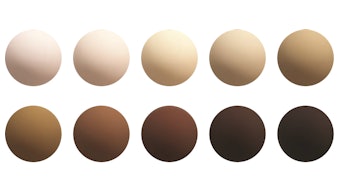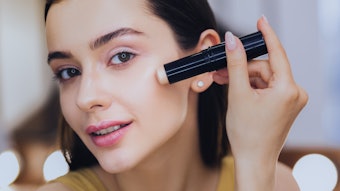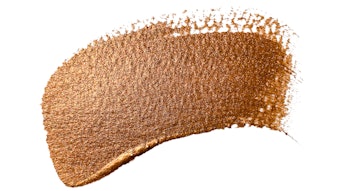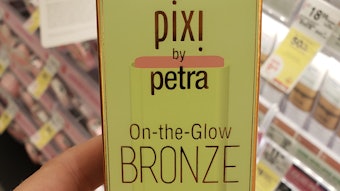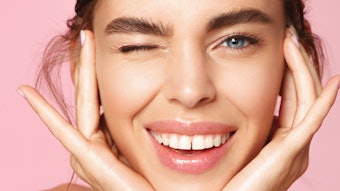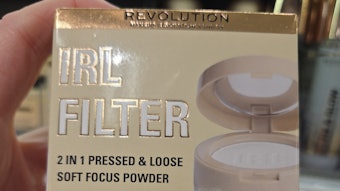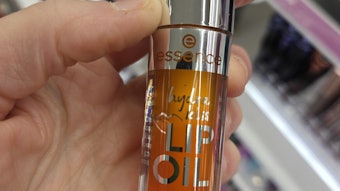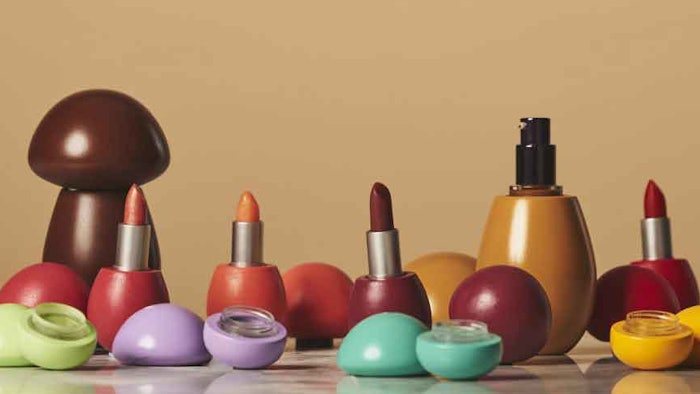
Jesse Adler is focused on extracting pigments from mushrooms, lichens yeast and mold. As a multidisciplinary designer and biomolecular scientist, she aims to explore the potential of these colorants to reduce or replace industrial dependence on colorants from non-renewable resources, e.g., minerals and fossil fuels, especially in the textile, food and cosmetic industries.
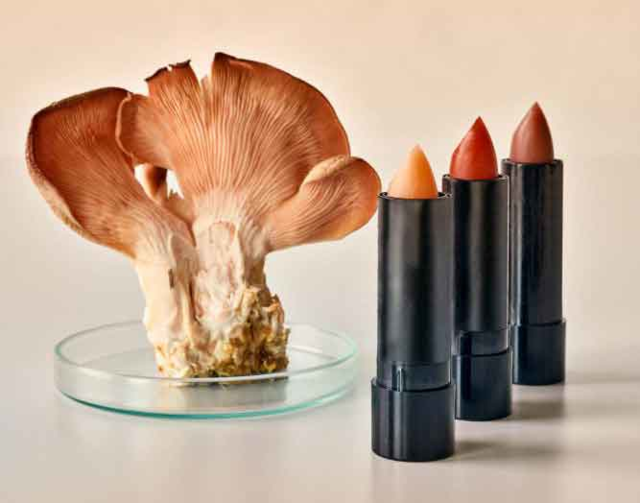 Fungi are an underexplored source of sustainable colorants that are non-toxic, biodegradable, light-fast and some even have cosmeceutical benefits, such as antioxidant and UV protection,Tom Mannion, Chris Ould, Ben Turner and Mael Haneff
Fungi are an underexplored source of sustainable colorants that are non-toxic, biodegradable, light-fast and some even have cosmeceutical benefits, such as antioxidant and UV protection,Tom Mannion, Chris Ould, Ben Turner and Mael Haneff
See related: Red Tape and Golden Opportunities in Natural Cosmetic Colorants, Part I
To demonstrate the viability of fungal pigments, she collaborated with a formulating chemist to create a makeup collection referred to as Alchemical Mycology that is making headlines; e.g., in the Future Materials Bank, in the design magazine Wallpaper and CSM News on Instagram.
However, one industry expert reminds us of the regulatory hurdles natural colorants face; additionally, Adler responds, acknowledging the work ahead (see Update: Adler Responds, below).
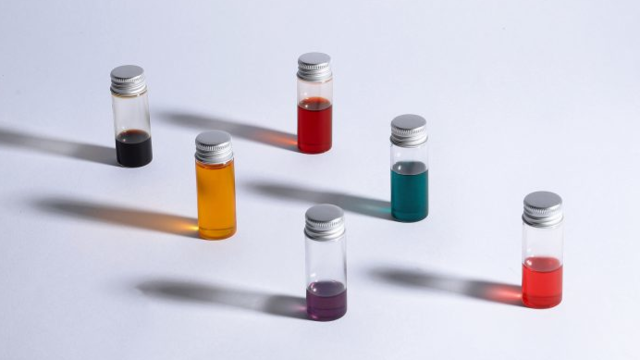 Her process attempts to extract the organism from nature only once, then cultivate and reproduce it in the lab. The resulting pigments were applied in eyeshadow and lipstick collections.Tom Mannion, Chris Ould, Ben Turner and Mael Haneff
Her process attempts to extract the organism from nature only once, then cultivate and reproduce it in the lab. The resulting pigments were applied in eyeshadow and lipstick collections.Tom Mannion, Chris Ould, Ben Turner and Mael Haneff
Adler and Alchemy
Adler is a future materials research fellow at Jan Van Eyck Academie in Maastricht, Limburg, the Netherlands, and a materials innovation researcher at the functional and sustainable products hub PANGAIA. She is also a graduate of the University of the Arts London constituent Central Saint Martins college, where she earned her MA in material futures.
According to Wallpaper, Adler's goal was to identify a new method to create colors that would be "less detrimental to the environment, i.e., not derived from fossil fuels, and more flexible than traditional plant, animal and mineral sources, which must be harvested under the right conditions, have limited availability, pose ethical issues in some cases, etc. She therefore turned to fungi for answers.
As a self-proclaimed mycological alchemist, her graduation project was to develop a method of extracting pigments from fungi to replace industrially produced dyes. "Fungi are an underexplored source of sustainable colorants that are non-toxic, biodegradable, light-fast and some even have cosmeceutical benefits, such as antioxidant and UV protection," she said, per Future Materials Bank. "Mycology is a relatively new field and it is estimated that we’ve only discovered about 1% of the fungi on Earth, yet within that 1% there’s a wealth of research into the potential applications and industrial importance of pigments extracted from fungi."
Adler emphasizes she is not the first to use fungal-derived pigments, although her process is novel in that it attempts to extract the organism from nature only once, then cultivate and reproduce it in the lab; similar to other stem cell culture extracts the cosmetics R&D industry has seen. The resulting pigments were applied in eyeshadow and lipstick collections, incorporated with natural oils and waxes.
 The resulting pigments were applied in eyeshadow and lipstick collections, incorporated with natural oils and waxes.Tom Mannion, Chris Ould, Ben Turner and Mael Haneff
The resulting pigments were applied in eyeshadow and lipstick collections, incorporated with natural oils and waxes.Tom Mannion, Chris Ould, Ben Turner and Mael Haneff
Regulatory Hurdles
While the products eloquently demonstrate the potential of fungal pigments, one industry expert reminds us of the regulatory hurdles natural colorants face. According to color expert Kelly Dobos, "Color fading and compatibility with other cosmetic ingredients are often top concerns with naturally colored materials but more importantly, color additives for cosmetics are highly regulated in every country and region of the globe."
See related: Red Tape and Golden Opportunities in Natural Cosmetic Colorants, Part II
She continued, "These pigments, while innovative, would have to first go through the petition process in the U.S. and other countries that includes submission of analytical data to create thorough specifications including potential impurities and a battery of toxicological tests for designated applications like skin, lip or eye area. It is a high burden of proof but necessary to ensure safety and purity profiles on any new potential color that meets the standards that currently approved colors have been held to for decades."
Dobos also noted that the approval process for natural pigments such as these in the U.S. or EU would likely take years. Guess that means we'd better get started.
Update: Adler Responds
Adler responded as follows to our story and the points raised.
"I am still in the early stages of development and have not yet delved into the regulatory hurdles. However, as a scientist, I strongly believe these pigments must be thoroughly tested for toxicity and ecosystem health long before they are commercialized into consumer products.
"The cosmetic collection I made for my graduate show was a proof of concept to evidence the potential of these pigments, and was not intended to be used by anyone. (I wouldn't even let anyone test out the lipsticks or eyeshadows at all as the pigments are untested/unapproved by a regulatory body). So while I can't speak to having any experience with colorant regulation yet, please be assured that I intend to conduct rigorous testing on the pigments before they touch anyone's skin.
"I absolutely agree with the concerns raised in the article with regard to color fading and compatibility with other cosmetic ingredients, and those are some of the top priorities on my testing list." she added.
